A few months ago it came to the fore the scandal over Child Restraint Systems (SRI) that hold babies from 9kg through this piece, called cushion or shield.
Not in Baby Experience or Born To BE! Fortunately, we have had to give many explanations since, for most of you, it is a sterile and fictitious debate resolved with the stroke of a pen with the chairs in the opposite direction of the march that lack the possibility of this system.
The debate that there are the last days has focused on the "messenger", in this case the RACE as a necessary accomplice for parents to make the wrong decision about which is the best SRI  to protect your children.
to protect your children.
In this controversy, you have to look at the moon and not at the finger that points to it. It is obvious that it's not about whether the shield is better or worse than the harness, but the measurement system and the results thereof have not been presented with the rigor that laboratory tests deserve.
It is normal that parents are oblivious to all this, do not want to know or are not interested in all the nuances of the trials. Therefore, it is very important that Simplifications of the study (Eurotest) correspond to the expectations of safety that we parents havethat is, there is no controllable risk of irreversible injury.
When we talk about controllable risk (better said, minimizable) we mean to choose the orientation of the SRI in the opposite direction to the most frequent / harmful impact, independent of brands, fixations or other variables.
Traveling in reverse gear is the way in which our body has more surface to absorb energy and protects the most vulnerable areas efficiently. In short, a matter of statistics (probability) and biomechanics. The kinetics will be in charge of defining the direction and dimension of the forces to be supported, so it is better to "be prepared" if it occurs.
For example, if we want to get from A to B as soon as possible, we must choose the right vehicle. A priori we can think that with a Formula 1, we are right. These are the tools defended by the RACE that legitimizes them to justify the results, the laboratory impact tests. But it turns out, this person, with his Formula 1, is late day after day. It's possible? No one doubts about the speed it can reach or the objectivity of measuring the power, acceleration or maximum speed of a Formula 1. Perhaps what is not being considered is that the distance to be traveled is in the middle of a city with its traffic lights. and jams.
Therefore the scenario is not suitable for use, and will not give us expected results. A change of scenery changes the conclusions, because the context and domain of it, helps us to understand the limitations of the tool.
Can we affirm that to go from A to B a Formula 1 is faster and not, for example, a bike?
The representation of laboratory tests such as the biofidelity of dummies is too far from reality to be able to draw conclusions without taking other information into account. And less, to make a ranking that serves to make decisions for parents. Today, the number of variables to handle and correlate, does not allow it.
ADAC tests (like those used in European laboratories for homologation), contain various sensors in the dummies. They measure loads and their direction, among other variables, in sensitive parts of the anthropomorphic representation of the body of a baby or child in various age groups.
Is a higher load on one sensor better than a higher load on another sensor?
It is obvious to think that some SRIs will have lower loads on some sensors and other SRIs on others. 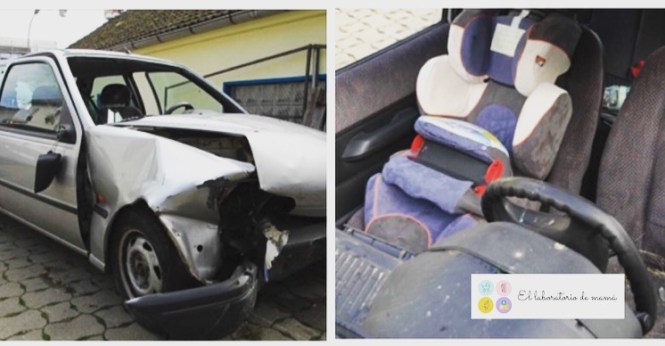 different. Which is better?
different. Which is better?
Depending on the type of impact (direction), the loads will also change. Even, in the concentration of loads, it can affect the dynamic behavior of the car (if it rises, turns, rotates ...). Let engineers and specialists work on this part of knowledge.
To what extent can a baby bear a certain load on its body?
This concentrates on the contact points depending on the retention system, so it must be concentrated where the baby is better able to support it. The limits are established by researchers in biomechanics, mainly in the field of (forensic) medicine. These limits are usually associated with a probability of risk and level of injury.
Thus, we have technicians with statistics that collect information on the most frequent accident scenarios, engineers who assess the load vectors and try to transfer them in the design of the SRIs to areas more capable of supporting them, based on studies and limits set by the researchers in biomechanics.
All this can be simplified with… a grade or grade?
There are many parameters to ponder. A bad weight or measurement leads to bad results. And this is what has happened to RACE with the ADAC test, it is in charge of defending the technical part of its measurement system instead of informing the principles that support risk reduction. The first with the second is only a problem when they are contradictory messages, as is the case. What is a Formula 1 good for me if I can't get there early? Winning Group 1 or Group 1-2-3 chairs are not the safest because they are not the best way to reduce the risk of serious injury. They are using a measurement system with limitations for a scenario, that of simplifying and weighing what is "good" or "bad", even what is "better" or "worse". It is not their field to take this criterion and time is showing them. At best, they can expose the data and who wants / can interpret it.
Does this mean that we cannot know which system is better?
Exact. At least with the roundness expressed by the classification of the test published by RACE. That the dynamic test has been done by tightening the dummy harness a little more or less, changes the result.Who audits (watches) the correct execution of the test?
What is the safest chair?
We have to stick to the great principles (the ones that lead us to turn them with our backs to the march) and focus much more on the correct installation of the SRI to the car and the correct position and adjustment of the baby to the SRI. With this, we will infinitely improve the differences posed by the tests. Then there are the space and angle limitations that some of these systems have or may have and which advise testing a SRI ACM before your purchase and avoiding having to return it.
And all this is not new. In 2013, Child re-tension I was already talking about the test winners and the "shields" with a great post . In Born To BE! Sant Cugat, when we started selling SRI at the end of 2012, we started by relying on the goodness of the tests and the organizations that have been publishing it. Luckily, at the end of 2013 something did not fit us and we discovered the blog of in reverse gear and that of Child re-tension.
As professionals, we consider that we discovered it late. Today, we understand and can access much more information thanks to this first door that changed the way we understand the safety of the little ones.
We will continue to train and inform as it may be relevant, while, do not miss the interesting dialogue in the comments of the post, about RACE's response to all this, between Cristina (Mom's Laboratory), Mr. Antonio Lucas (RACE Press Officer) and Cristina Barroso (Security consultant, creator of the Acontramarcha.com blogs) and retensioninfantil.es) which most of you will meet.
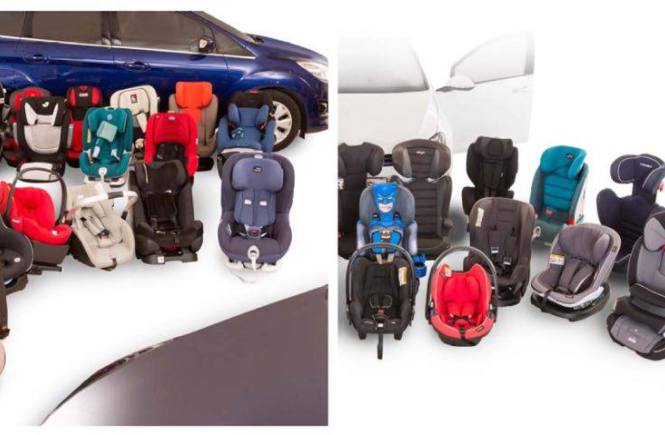
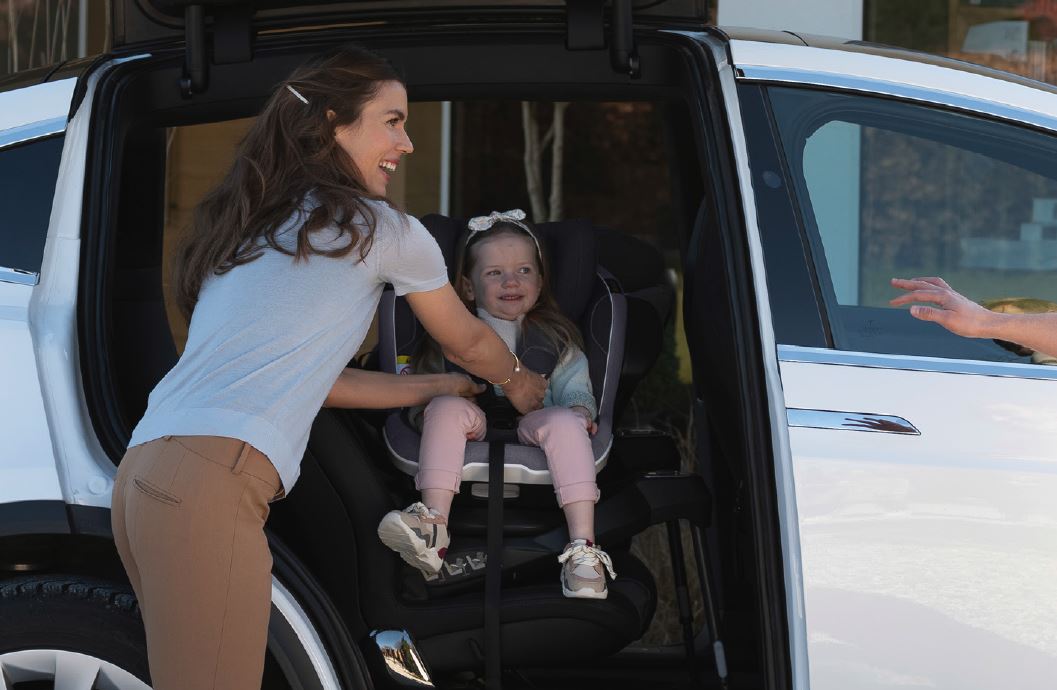
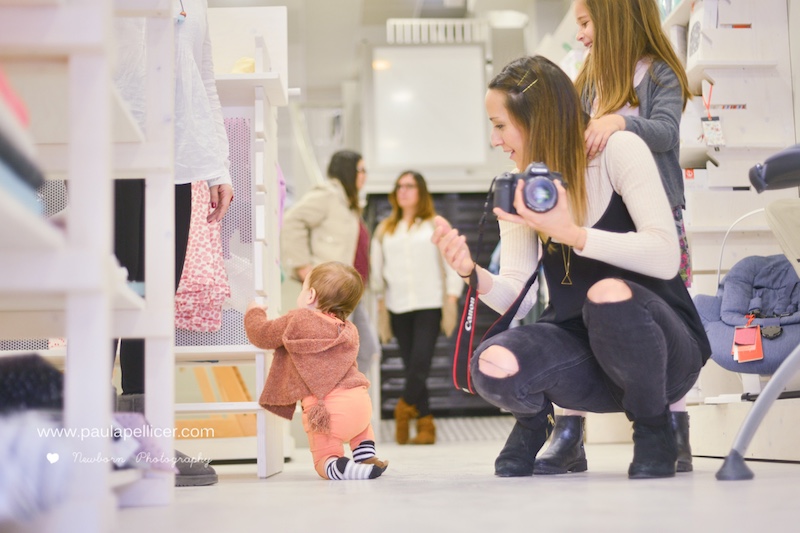
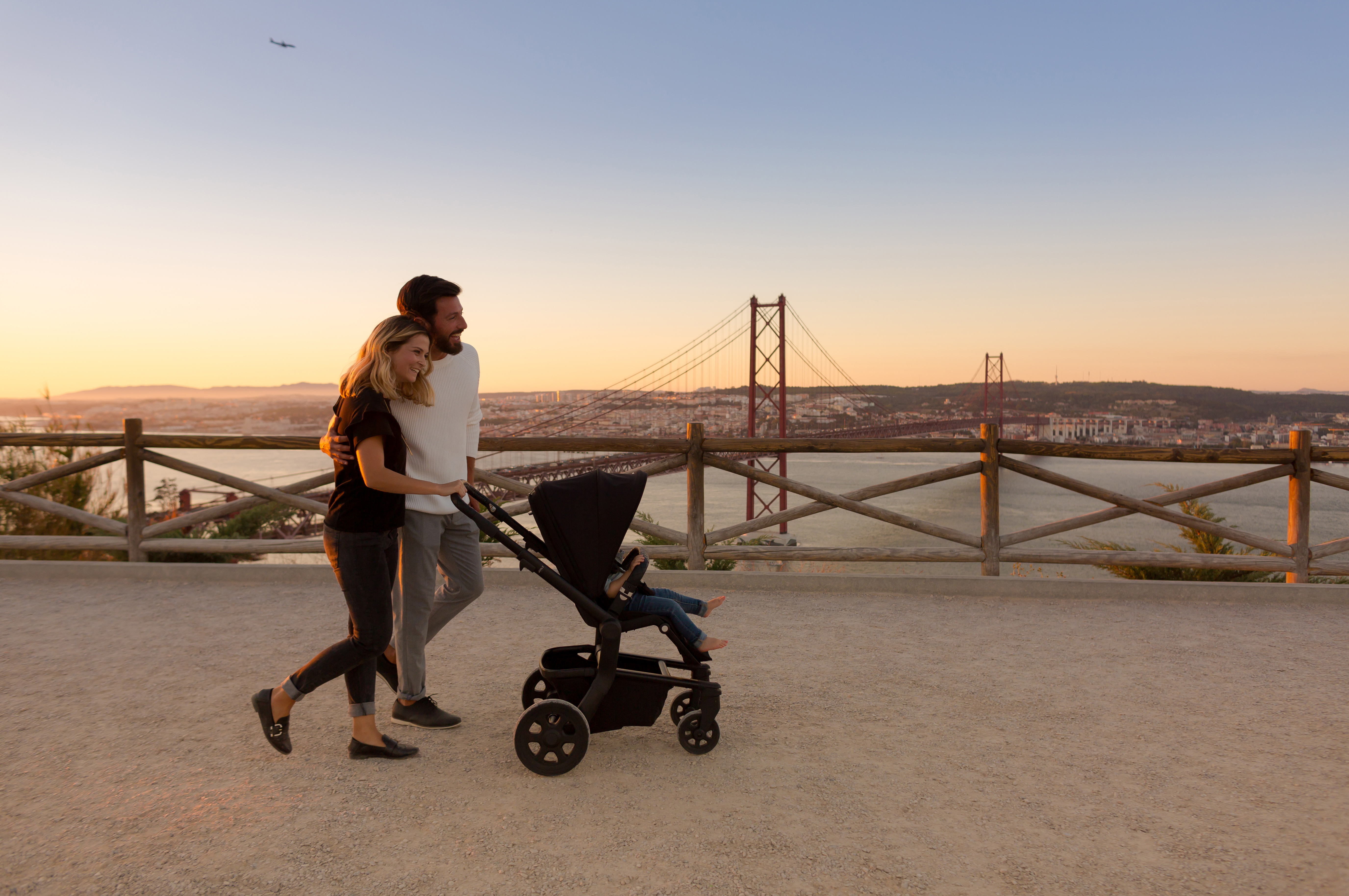
Great post! very clear, I hope that very soon it will be compulsory to travel in reverse gear